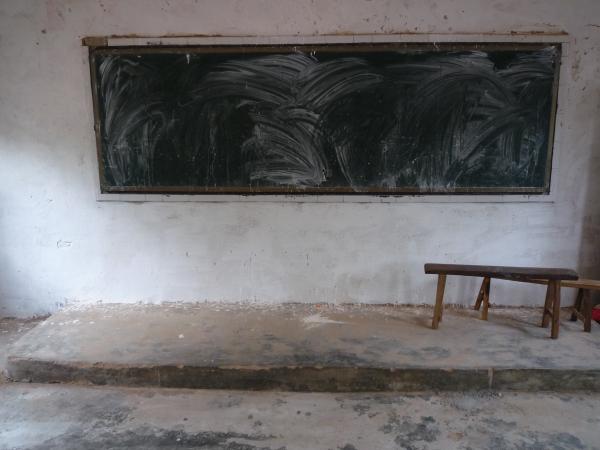
If a copyright infringement begins before the plaintiff registers its copyright, and continues after the date of registration, can the plaintiff recover its attorney’s fees and statutory damages for the infringement that occurs after registration? The U.S. District Court for the Southern District of Indiana recently considered that question in the case of Bell v. Turner, 2016 WL 1270221 (S.D. Ind. March 31, 2016).
The prospect of recovering statutory damages and attorney’s fees is a big motivator for copyright plaintiffs. The Copyright Act (at 17 U.S.C. § 504(c)(1)) provides that a plaintiff can receive an award of statutory damages — in lieu of actual damages and profits — in a sum not less than $750 or more than $30,000 for each infringement. If the copyright infringement is willful, “the court in its discretion may increase the award of statutory damages to an award of not more than $150,000.” And 17 U.S.C. § 505 provides that a successful party in a copyright action can recover its costs and attorney’s fees in the court’s discretion.
But statutory damages and attorney’s fees are only available if certain conditions are met. The Copyright Act precludes a plaintiff from obtaining statutory damages and attorney’s fees if the infringement of the work commenced after publication but before registration. The Copyright Act provides, at 17 U.S.C. § 412(2), that “no award of statutory damages or attorney’s fees…shall be made for…any infringement of copyright commenced after first publication of the work and before the effective date of its registration, unless such registration is made within three months after the first publication of the work”.
In Bell v. Turner, the court granted summary judgment to the defendant on the issue of whether plaintiff was entitled to recover statutory damages and attorney’s fees. Plaintiff first published his photo of the Indianapolis skyline online in 2000. In 2009, defendant copied the photo and placed it on his website. In 2011, plaintiff registered the copyright in the work, but defendant left his copy of the photo online, even after the work was registered.
In granting summary judgment to defendant, the court cited to Derek Andrew, Inc. v. Poof Apparel Corp., 528 F.3d 696 (9th Cir. 2009) and observed that “the first act of infringement in a series of ongoing infringements of the same kind marks the commencement of one continuing infringement under § 412.” Because the defendant posted the photo online more than three months before the date plaintiff registered the work, plaintiff was not entitled to recover statutory damages or attorney’s fees, even though the infringement continued after the date of registration.
Bell v. Turner, 2016 WL 1270221 (S.D. Ind. March 31, 2016)
![]() About the Author: Evan Brown is a Chicago technology and intellectual property attorney. Call Evan at (630) 362-7237, send email to ebrown [at] internetcases.com, or follow him on Twitter @internetcases. Read Evan’s other blog, UDRP Tracker, for information about domain name disputes.
About the Author: Evan Brown is a Chicago technology and intellectual property attorney. Call Evan at (630) 362-7237, send email to ebrown [at] internetcases.com, or follow him on Twitter @internetcases. Read Evan’s other blog, UDRP Tracker, for information about domain name disputes.



